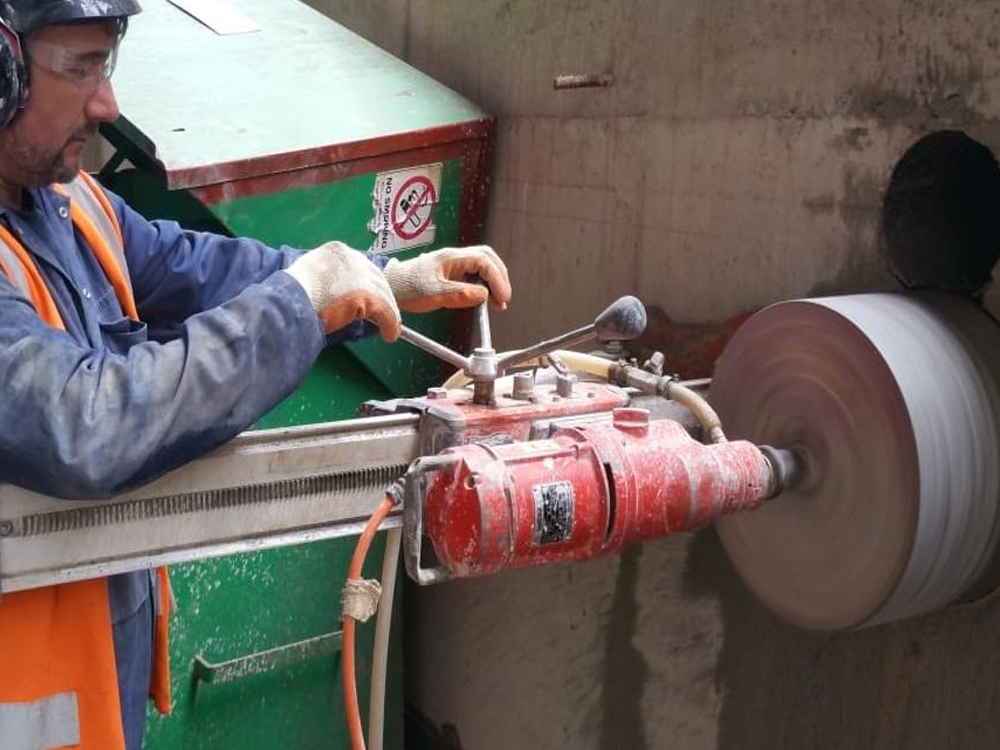

Horizontal coring is a technique that involves drilling cylindrical holes horizontally through concrete, masonry, or stone using diamond-tipped core bits. It is typically performed using a core drilling machine mounted on walls or structural elements. This method enables precise penetration for utility installations, testing, or structural retrofitting without damaging surrounding materials.
Creates accurate paths through structural walls or floors for:
HVAC ducting
Electrical conduits
Water and drainage pipes
Fire protection lines
Allows for:
Post-installed reinforcement bars for structural strengthening.
Anchor bolts or dowels for mounting equipment, supports, or facade systems.
Commonly used to create horizontal or angled boreholes in tunnel linings, shafts, or underground structures for wiring, piping, or cabling.
Extracts concrete cores horizontally from columns, beams, or walls for laboratory testing, including:
Compressive strength
Carbonation depth
Chloride or sulfate analysis
Enables the insertion of carbon fiber rods, post-tensioning cables, or reinforcement as part of a structural upgrade or seismic retrofit.
Provides horizontal outlets for ventilation shafts, moisture drainage, or dewatering systems, especially in basement or tunnel walls.
Diamond Core Drill Machine
Water Supply System (for cooling and dust suppression)
Vacuum or Anchor-mounted Base
Core Barrels (typically ranging from 25 mm to 500+ mm diameter)
Mark and Measure the drill location and depth.
Secure the Drill Machine horizontally on a stable surface using anchors or vacuum base.
Set Drill Angle (horizontal or inclined depending on the application).
Start Drilling, applying constant pressure and using water for cooling.
Extract the Core Sample (if needed) or clear the hole for utilities or reinforcement insertion.
© 2025 Rukn Alabtal Design By: sialweb